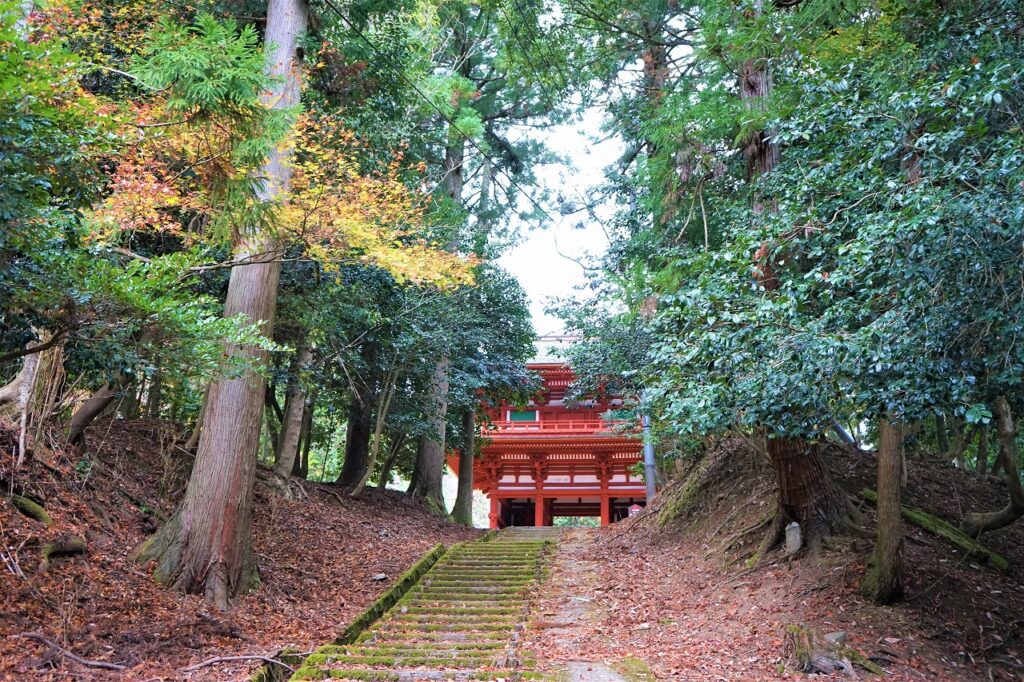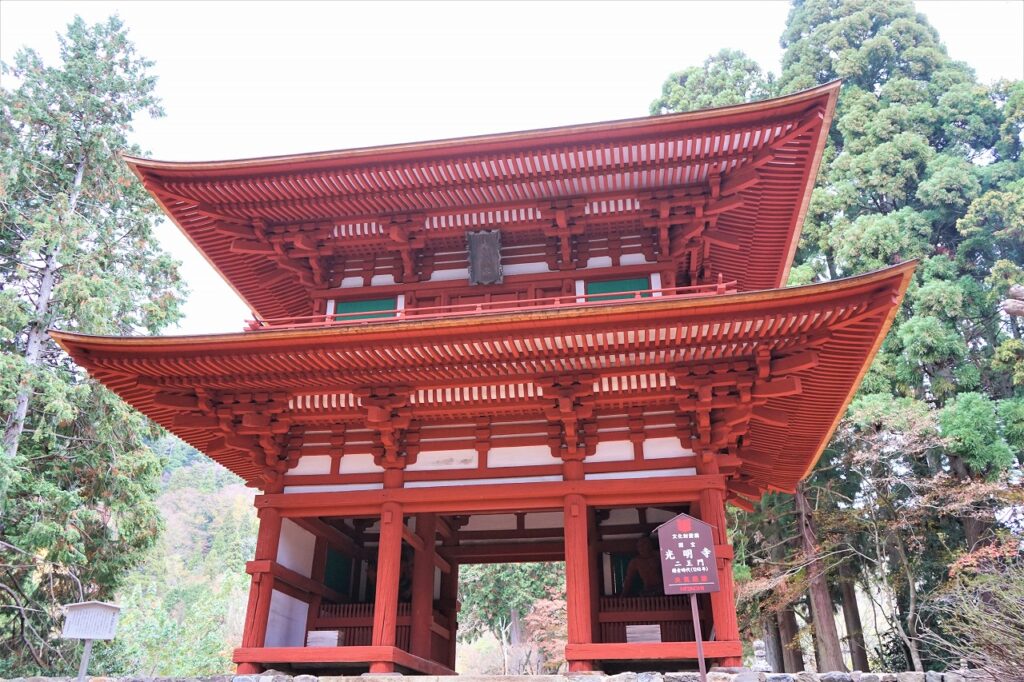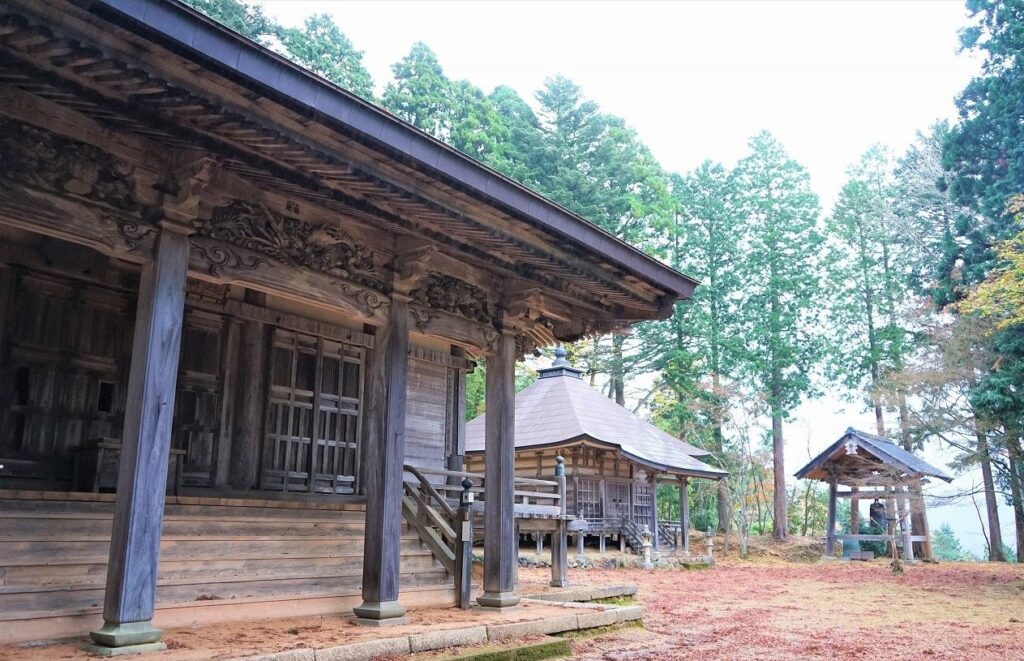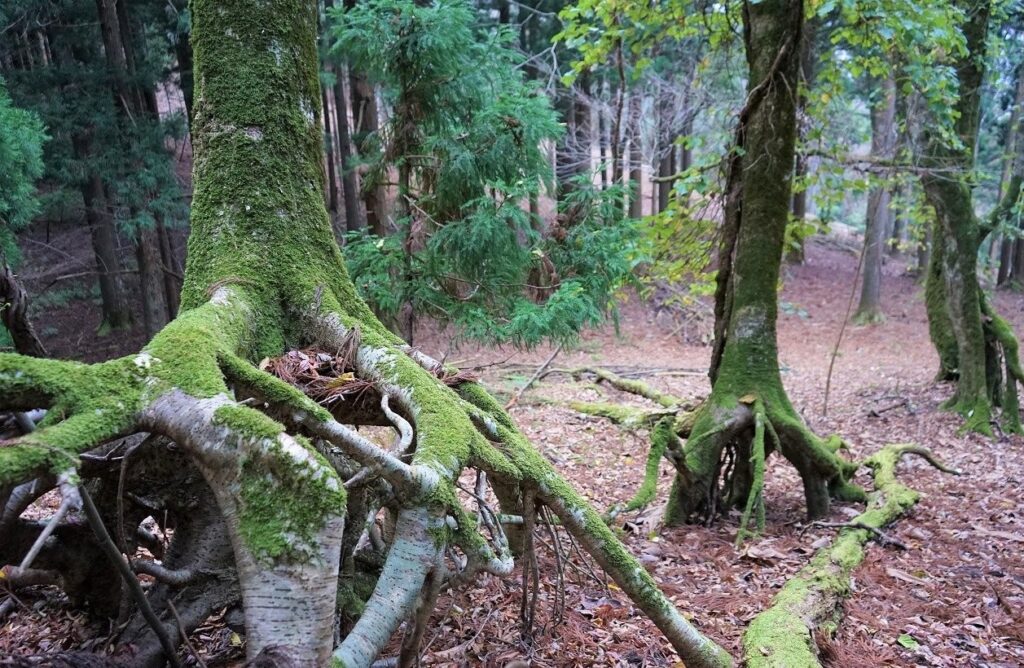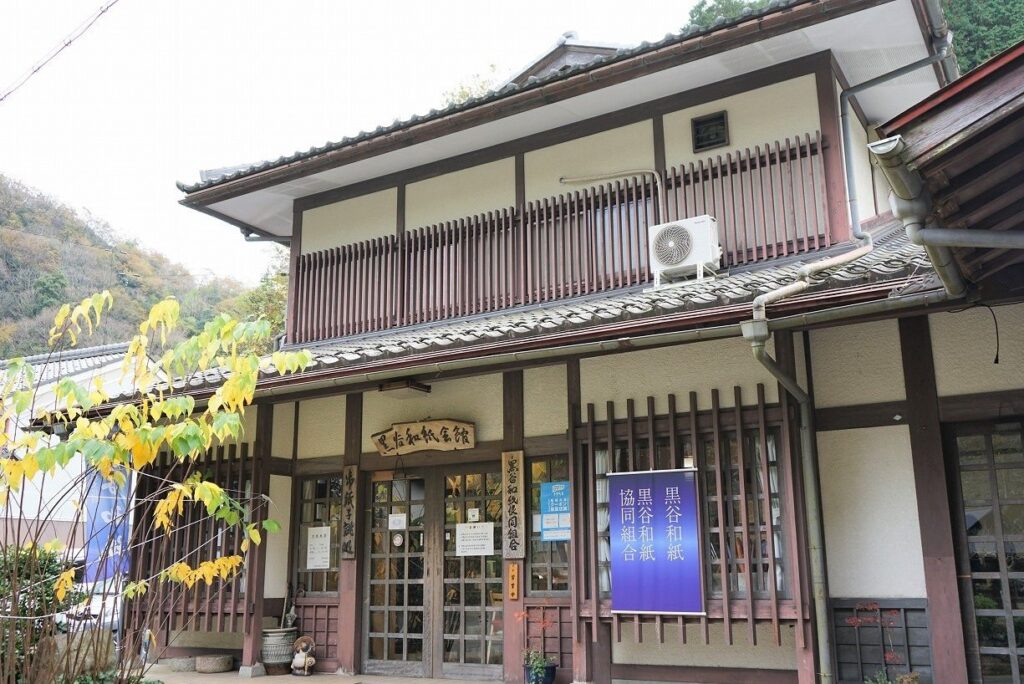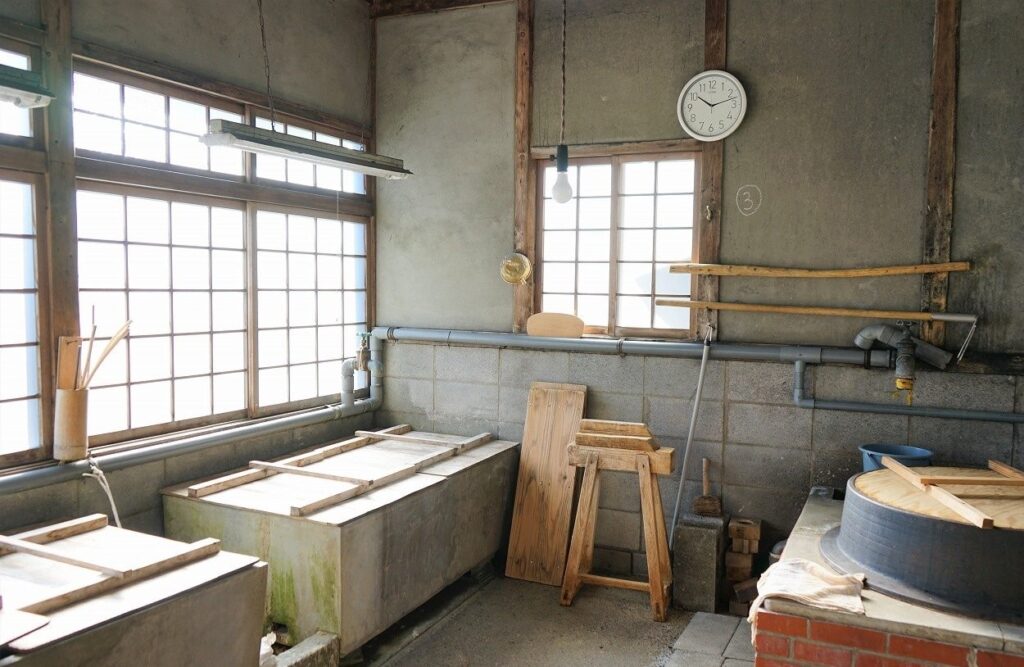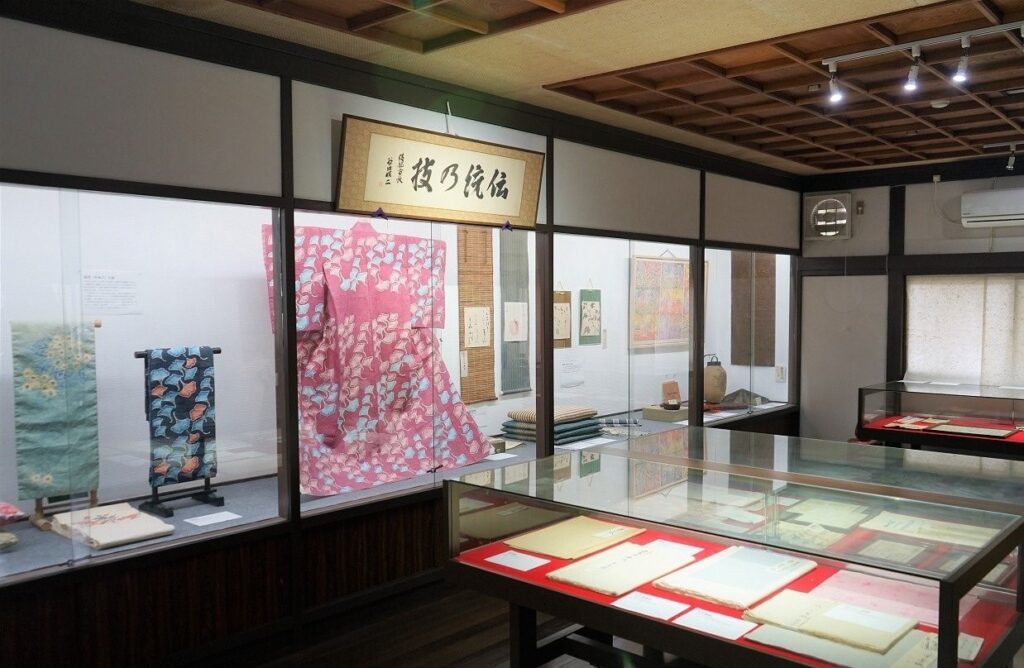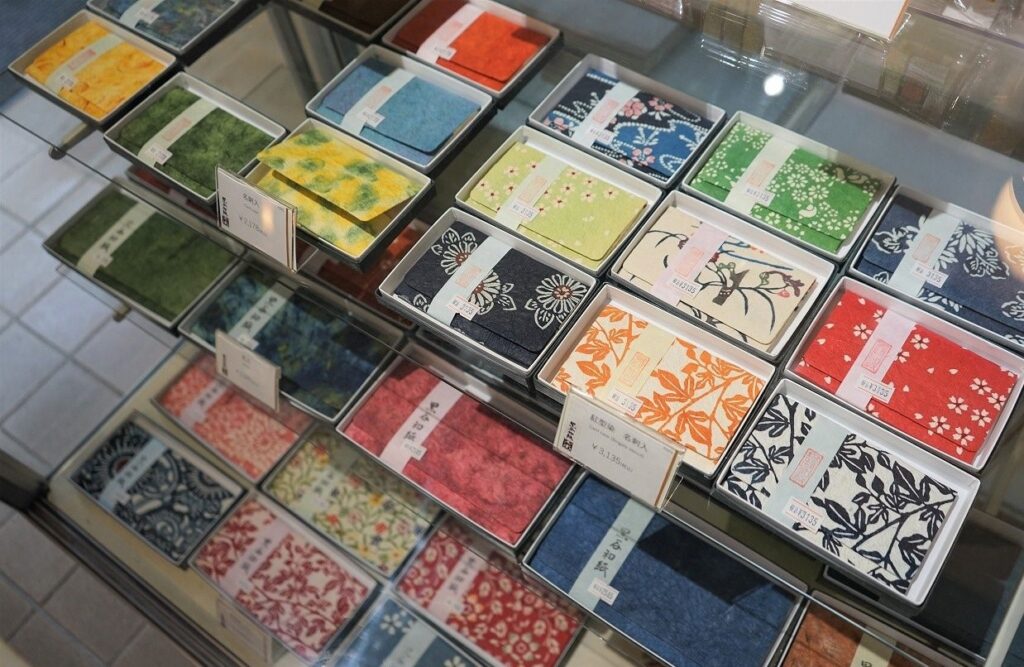Ayabe
Ayabe is a municipality located in the mountainous area northwest of Kyoto City. Ayabe Station can be reached in about an hour and 40 minutes from Kyoto Station by local train or an hour and 20 minutes by car.
The Kanbayashi district of Ayabe is the ideal destination if you wish to spend some time in the heart of nature taking long walks in the primeval forest, listening to the sound of mountain streams, and enjoying the hospitality of a local guesthouse. Komyoji Temple, located on Mt. Kimio, attracts many visitors with its beautiful Niomon Gate.
The area is known as the Shaga and Paperbush Forest is particularly beautiful from the end of March until mid-April when the white butterfly flowers (shaga, or iris japonica) and the yellow-flowered paperbush plants go into bloom.
Kurotani, located in the northwestern part of Ayabe, is home to a paper-making tradition that boasts a history of over 800 years. Kurotani washi paper is highly appreciated all around Japan and a visit to this village is a chance to see artisans at work, learn about their craft, and even try your hand at making this type of paper.
